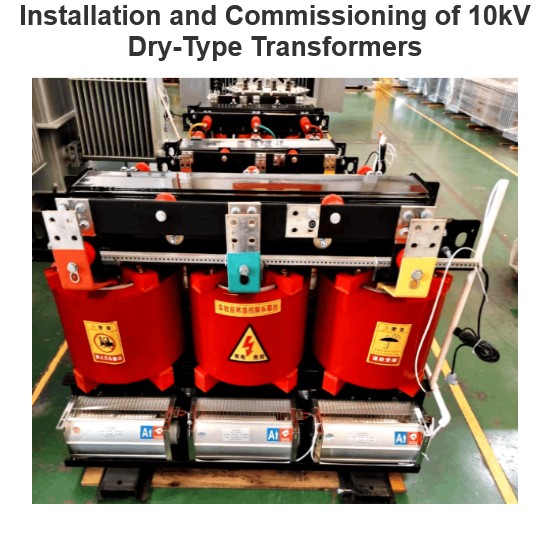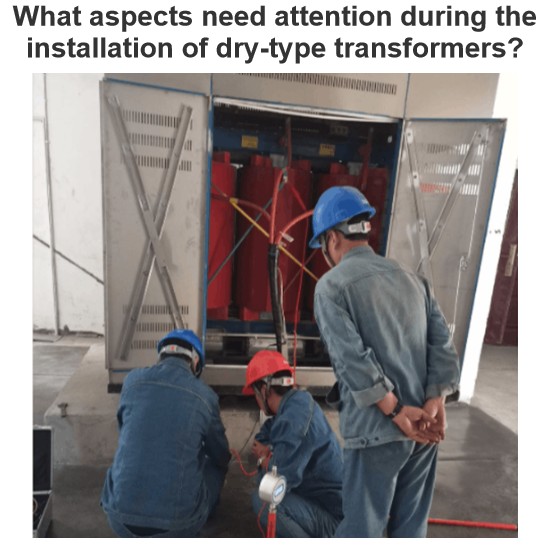What types of insulation accessories are there for transformers?
Types of Transformer Insulation Accessories
Transformer insulation accessories are key components that ensure the safe operation of transformers. They not only provide necessary insulation performance but also ensure the stability and reliability of transformers under various operating conditions. Here are some main types of transformer insulation accessories:
Inner Insulation Fittings
The internal insulation accessories are located inside the transformer tank and include the following types:
Bushing Insulation: Bushing insulation serves as a passage connecting the internal windings of a transformer to external lines, while also providing necessary insulation properties.
Winding Insulation: Winding insulation includes insulation between windings, insulation between windings and the iron core, etc., to ensure that the windings do not experience breakdown under high voltage.
Lead and Tap Switch Insulation: These insulations are used to protect leads and tap switches from damage caused by arcs or overvoltages.
Outdoor Insulation Accessories
The external insulation accessories are located outside the transformer tank and include the following types:
Air Insulation: This is the simplest form of external insulation, utilizing air as the insulating medium, and is typically used for low-voltage equipment.
Insulating Sleeves: In addition to internal insulation, insulating sleeves can also serve as part of the external insulation, especially in high-voltage transformers where they are required to withstand higher voltages.
Other Insulating Fittings
In addition to the aforementioned internal insulation and external insulation accessories, there are some other types of insulation accessories, such as:
Insulating Oil: Insulating oil not only provides insulation but also serves as a coolant and an arc extinguishing agent.
Insulating Paperboard and Pads: These materials are used for insulation between windings to ensure that the windings do not experience breakdown at high voltages.
To sum up, there are numerous types of transformer insulation accessories, each with its specific function and application scenarios. Choosing the appropriate insulation accessories is crucial in the design and maintenance process of transformers to ensure their safe and reliable operation.
The Electricity Encyclopedia is dedicated to accelerating the dissemination and application of electricity knowledge and adding impetus to the development and innovation of the electricity industry.













